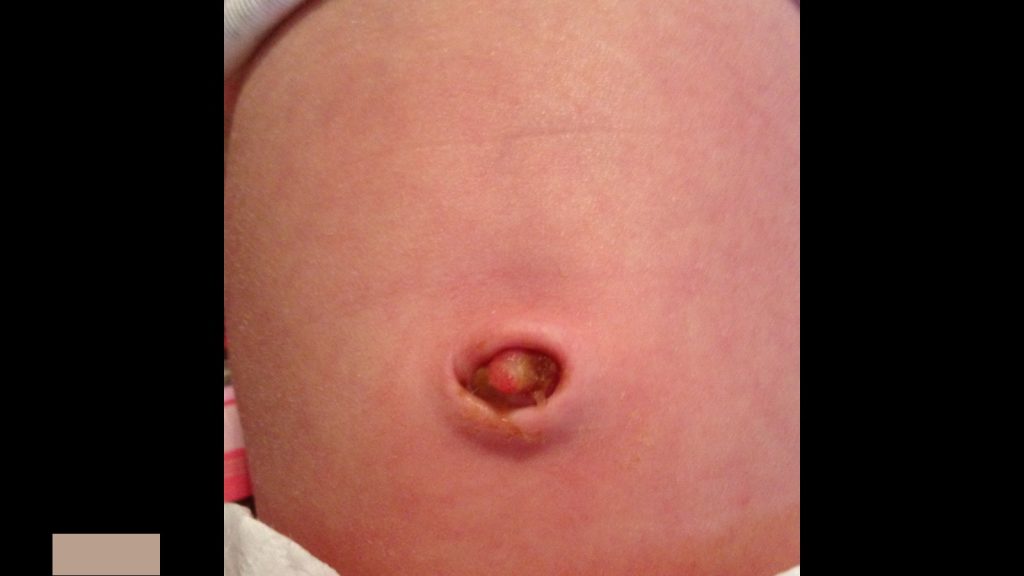Umbilical Granuloma: Causes, Symptoms, Treatment, and Prevention
An umbilical granuloma is a common concern for parents of newborns. This article aims to provide a comprehensive guide to help you understand this condition better. In recent years, Google has placed a greater emphasis on user intent and natural language processing (NLP), so we’re committed to providing you with clear and informative content that addresses your questions and concerns.

What is Umbilical Granuloma?
So, what exactly is an umbilical granuloma? It’s essential to grasp the basics before diving into details. An umbilical granuloma is a small, reddish bump that can develop at the base of a baby’s umbilical cord stump. This usually occurs within the first few weeks of life, and while it may look concerning, it’s a common and generally harmless condition. Understanding its development in infants is key to managing it effectively and ensuring your baby’s health.
Symptoms and Signs
Recognizing the symptoms and signs of umbilical granuloma is crucial for early detection and treatment. When you search for information on this topic, you may wonder what to look for. Here are the primary symptoms associated with umbilical granuloma:
Painless Reddish Bump at the Umbilical Stump:
The most characteristic sign is the appearance of a small, fleshy bump at the base of your baby’s umbilical cord. It often has a reddish or pinkish color.
Oozing or Discharge:
Some parents notice that the granuloma may excrete a clear or slightly yellowish fluid. While this may be disconcerting, it’s usually not a cause for alarm.
Foul Odor:
In some cases, umbilical granulomas can emit a mild, unpleasant odor. This odor is typically due to the collection of moisture and debris in the area.
Causes and Risk Factors
Understanding the causes and risk factors associated with umbilical granuloma can help demystify this condition further. While there’s no single definitive cause, it often develops as a result of the way the baby’s umbilical cord heals after birth. Some common contributing factors and risk factors include:
Delayed Cord Separation:
If the umbilical cord takes longer to fall off naturally, it can increase the likelihood of granuloma formation.
Infection:
Bacterial or fungal infections in the area can lead to an inflammatory response, causing granulomas.
Cord Care Practices:
How you care for your baby’s umbilical cord stump can also play a role. Incorrect cleaning or excessive moisture can contribute to the condition.
Premature Birth:
Babies born prematurely might have an increased risk of developing umbilical granulomas.
Diagnosis and Medical Evaluation
Diagnosing umbilical granuloma typically involves a visual examination by a healthcare professional. They will closely inspect the bump and consider the symptoms. In recent years, medical practitioners have adopted advanced diagnostic techniques, such as ultrasonography, to confirm the diagnosis and rule out other potential issues.
In your quest for information, it’s important to understand the significance of seeking professional evaluation. Google’s emphasis on expertise, authoritativeness, and trustworthiness (E-A-T) means that reliable sources like healthcare providers are essential when it comes to diagnosing and managing health conditions.
Treatment Options
The treatment of umbilical granuloma depends on various factors, including the size of the bump, symptoms, and the baby’s overall health. We’ll explore both non-surgical and surgical approaches in our next section, discussing the effectiveness and potential risks of each method.
Frequently Asked Questions (FAQs)
Q1: Can umbilical granuloma go away on its own?
Most umbilical granulomas require treatment to resolve fully. While some may resolve spontaneously, it’s best to consult a healthcare provider for evaluation and guidance.
Q2: Are there any natural remedies for umbilical granuloma?
Natural remedies like saltwater soaks are not recommended for treating umbilical granuloma. Consult your healthcare provider for safe and effective treatment options.
Q3: How long does it take for umbilical granuloma to heal after treatment?
Healing times can vary, but most babies will see improvement within a few weeks after treatment. Follow your provider’s aftercare instructions for the best results.
Q4: Can umbilical granuloma recur after treatment?
While recurrence is rare, it can happen. Proper aftercare and hygiene practices can help minimize the risk.
Q5: Is umbilical granuloma painful for the baby?
Generally, umbilical granuloma is painless. However, if you notice any signs of discomfort or if the baby appears to be in pain, consult your healthcare provider promptly
Conclusion
Understanding umbilical granuloma is essential for parents and caregivers. While it may look concerning, it’s a treatable and usually harmless condition in infants. Remember that Google’s recent emphasis on expertise and trustworthiness underscores the importance of seeking professional guidance when it comes to your baby’s health.




